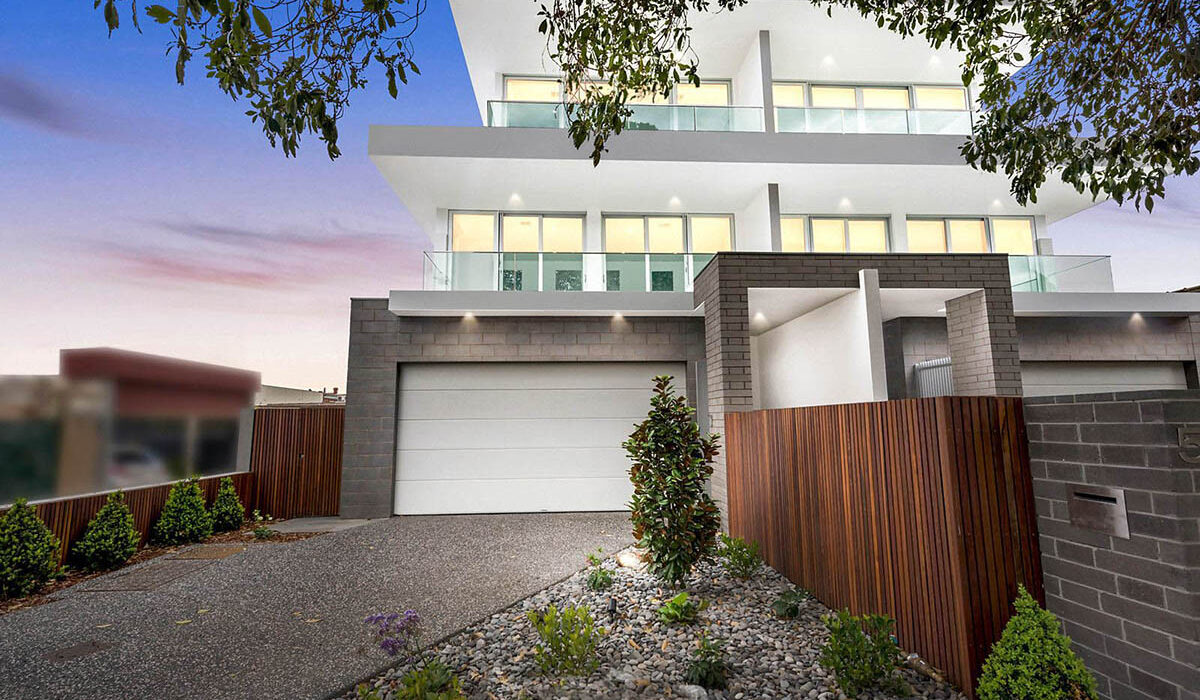The Benefits of Building Sustainable Homes
As we become more conscious of the environmental, economic and social ramifications of our lifestyles, sustainable home design solutions are something we should all be striving for. Designing and building a house is a challenging process, so it’s best to consider the impact your home will have on your future, and the generations to come.
What is a sustainable home and its benefits?
Sustainable homes refer to architectural designs that aim to minimise negative impact to the planet, economy and society. There are various features that make a home sustainable, including embracing natural, ethically sourced resources, as well as providing a safe, secure and healthy living space for its occupants.
Choosing a sustainable house design offers a range of long-term benefits including:
- Efficient water and energy use
- Protecting natural resources for future generations
- Reduced wastage, environmental pollution and degradation
- Lower living and operational costs
- Increased market value
What are the 3 key elements of a sustainable design solution?
The main aspects of sustainable design and construction are:
- Environmental – conservation of natural resources and minimising impact (energy, water, waste, emissions and contamination)
- Economic sustainability – supporting the growth of the economy (utilities, materials and construction costs)
- Social – managing impact on people (accessibility, security, safety and aesthetics)
How is sustainability used in design and construction?
In the design and construction of homes, sustainability can be integrated through features such as:
Passive sustainable design
Passive designs are one of the most sustainable methods of building a home. It involves creating buildings that make the most of the surrounding climate. With the knowledge of a professional, passive sustainable houses can be designed to balance thermal mass, ventilation, shading, insulation, glazing, orientation and spatial zoning. This will affect the materials used to construct the house, as well as placement and design of windows, floors and roofs. An effective passive sustainable home will minimise the need for heating and cooling, saving you energy in the long run.
Active sustainable design
Active strategies refer to finding sustainable methods of integrating efficient plumbing, electricity, heating, cooling and ventilation systems that will reduce our environmental footprint. Employing the expertise of electrical and mechanical engineers in the architectural design are useful in this aspect.
Renewable energy systems
Using alternatives to fossil fueled energy systems, like wind turbines and solar panels is a great way to minimise consumption and create self efficiency within the home design.
Landscaping
Landscaping can have a major effect on water consumption. Architects can massively reduce the need for irrigation by strategically utilising surrounding grass, plants and trees in certain areas. Planting trees that provide shade over windows and roofs can also prevent excessive heat inside buildings.
Materials
Making the right choice of materials when constructing your home will also make it more sustainable. By choosing recycled and sustainably sourced products where possible, you can reduce wastage and embodied energy from processed materials. Being conscious of the volatile organic compounds in building products can also promote cleaner indoor air quality which is much healthier for people.
The overall advantages of building a sustainable home are not only beneficial for the environment, economy and society, but they will also help to reduce your living and maintenance costs in the future. Working with a professional sustainable home designer is the best way to ensure your home design is efficient and can adapt to our modern day lifestyles.
Get in touch with the experienced JKBD team to discuss sustainable designs solutions for your next home.

